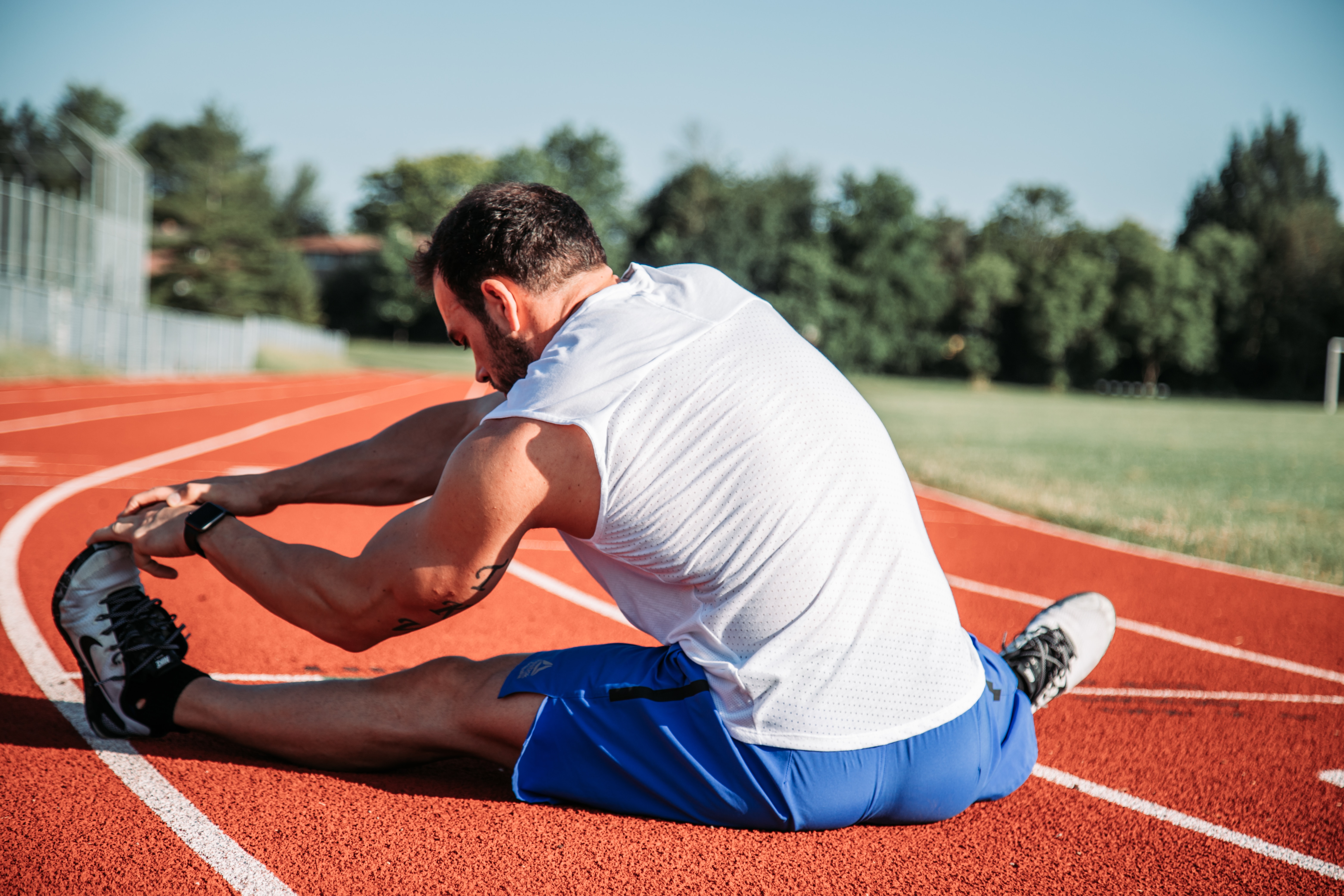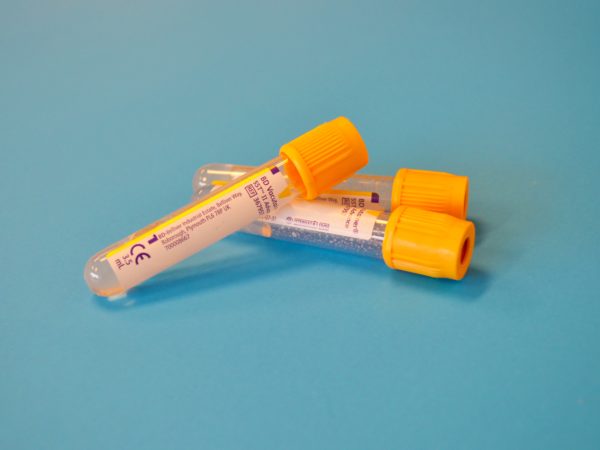Has your AFL team made it into the finals? Lack of injuries from key players may have helped.
The AFL Finals Series is upon us.
The top eight teams are set to battle it out in a bid to reach the Grand Final on September 28th. And according to research from Deakin University, preventing player injuries could help them.
Preventing injuries is key
It’s obvious that player injuries could hinder a team from performing their best.
But thanks to a new study from Deakin University, there is now evidence to support this claim.
The study comes from PhD candidate Daniel Hoffman, of Deakin’s School of Exercise and Nutrition Sciences. Mr Hoffman has developed a formula that can be used to predict where an AFL team will end up on the ladder. This is based on the number of injuries to key players.

“The formula gives us an insight into where teams will finish on the ladder based on their injury profile,” Mr Hoffman said.
“There are other factors that can influence performance, such as training load, sleep and nutrition. But we are speaking purely from an injury perspective.”
The study analysed injury data from all 18 teams across 20 seasons. A connection was found between injuries to key players and a lower ranking on the AFL ladder.
Mr Hoffman says that it re-enforces the need for injury prevention practices.
“Some sporting coaches feel that time devoted to injury prevention detracts from the total time available for team training, and so diminish team performance,” he said.
“But our study found that injury is highly important to team performance.”

In fact, in professional sport such as the AFL, it could be a deciding factor for a team’s success.
“In elite sport, you want to find an edge on your competition, even one percent,” Mr Hoffman says.
“Having a greater emphasis on injury prevention could allow for that as we found that missed matches to key players influenced where a team would finish on the ladder at the end of the season by 12%.”
But who counts as a key player?
During the study, player importance was decided based on existing AFL metrics. Those who finished in the top 10 of the previous season’s Best and Fairest were referred to as key players.
If they didn’t finish in the top 10, they weren’t seen to influence their team’s season at all, for the purposes of the study.
This was the strongest weighting factor compared to all other Best and Fairest weighting permutations and Brownlow Medal votes.
Injuries sustained by these top 10 players had a greater influence on their team’s season performance than other players.

It’s possible for a variant of the formula to be used to predict the success of teams from other ball sports. Key players would be those nominated for awards and recognition.
Mr Hoffman says that weighting players by their influence makes this study the first of its kind.
“This is the first study, to our knowledge, to have weighted injuries by key players,” Mr Hoffman says.
“Similar studies have been conducted in basketball, soccer and rugby union. But they’ve all had the limitation of not being able to weight injuries by key players.”
This time, the AFL released their injury surveillance database to the Deakin team.
“Typically, these studies are being done in-house,” Mr Hoffman says. “At Deakin we’re fortunate to be able to have access to this information.”
Mr Hoffman says that further studies are required before recommendations can be made.

He is currently repeating the study to factor in changes of team success between seasons.
“This study looked at what a team’s injury profile was in one season and where they would finish up on the ladder,” he says.
“But these results may be misleading for teams.”
Let’s say that a team finished last out of a total of 18 teams one year. Then the year after, they finished 13th. This would still count as poor performance, despite the team’s improvement.
“That’s something that the study doesn’t capture,” he says.
“We want to be able to better inform the league, the clubs and the practitioners in all scenarios.”
What does the formula predict for the 2019 Grand Final?
Thanks to the formula, Mr Hoffman can make an educated guess about the winner of the 2019 AFL Grand Final.
He believes that the Brisbane Lions may be the ones to emerge with the Premiership Cup.

“They’re a team that’s been relatively injury-free to their key players all season,” he says. “To most people, it’s been a surprise that Brisbane have finished second on the ladder.”
“But based on this study, and the injury formula, it’s not that much of a surprise that they’ve improved their ladder position.”
“If they can continue to be injury-free during the finals series, I’d say that Brisbane have a good chance.”



